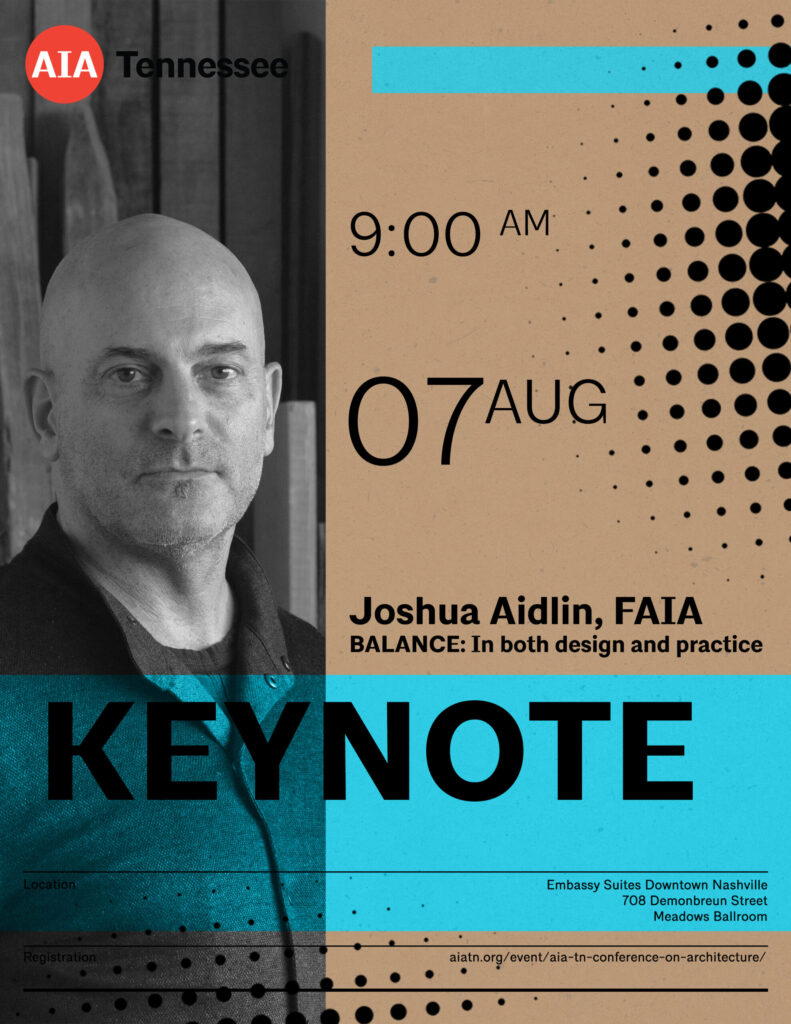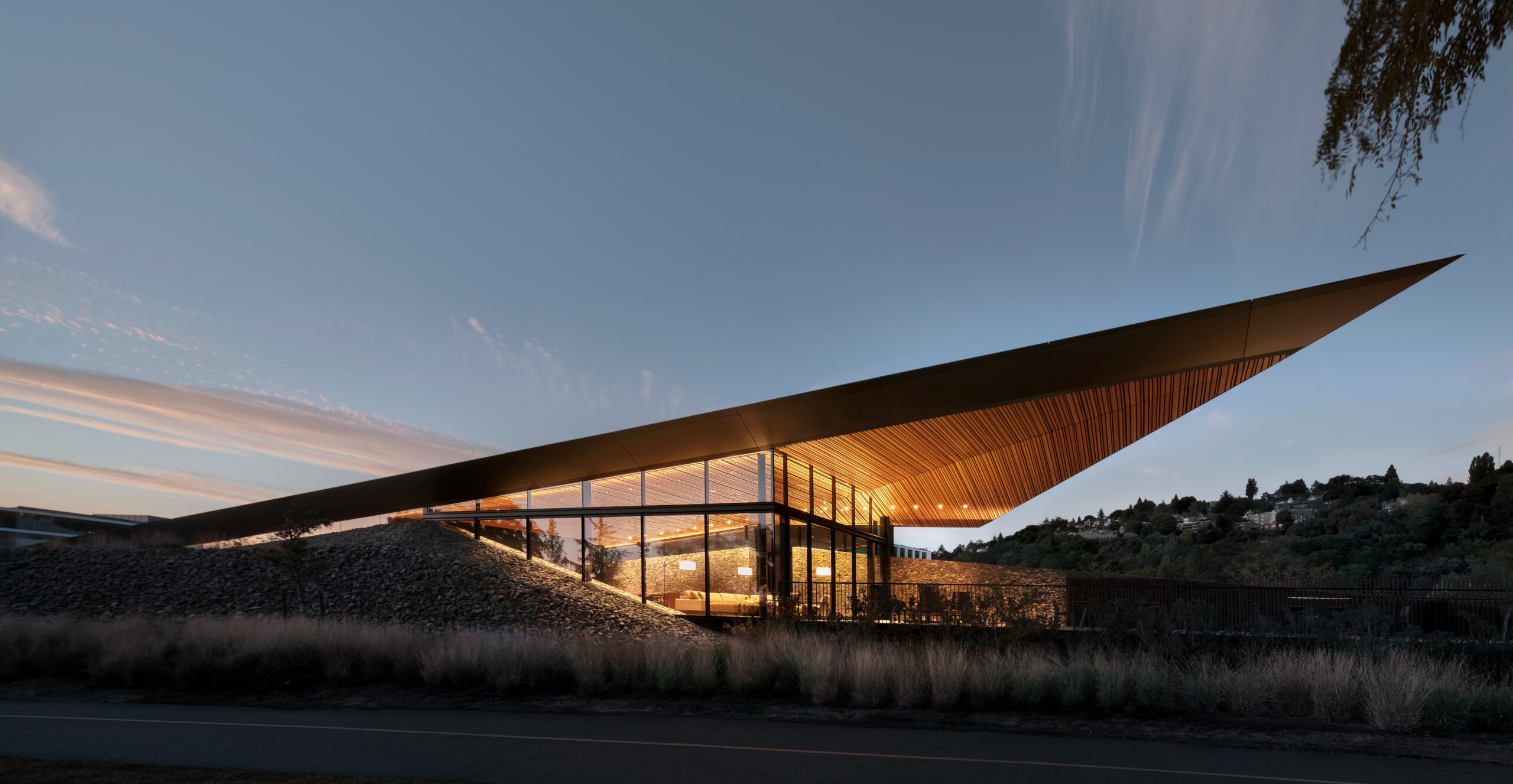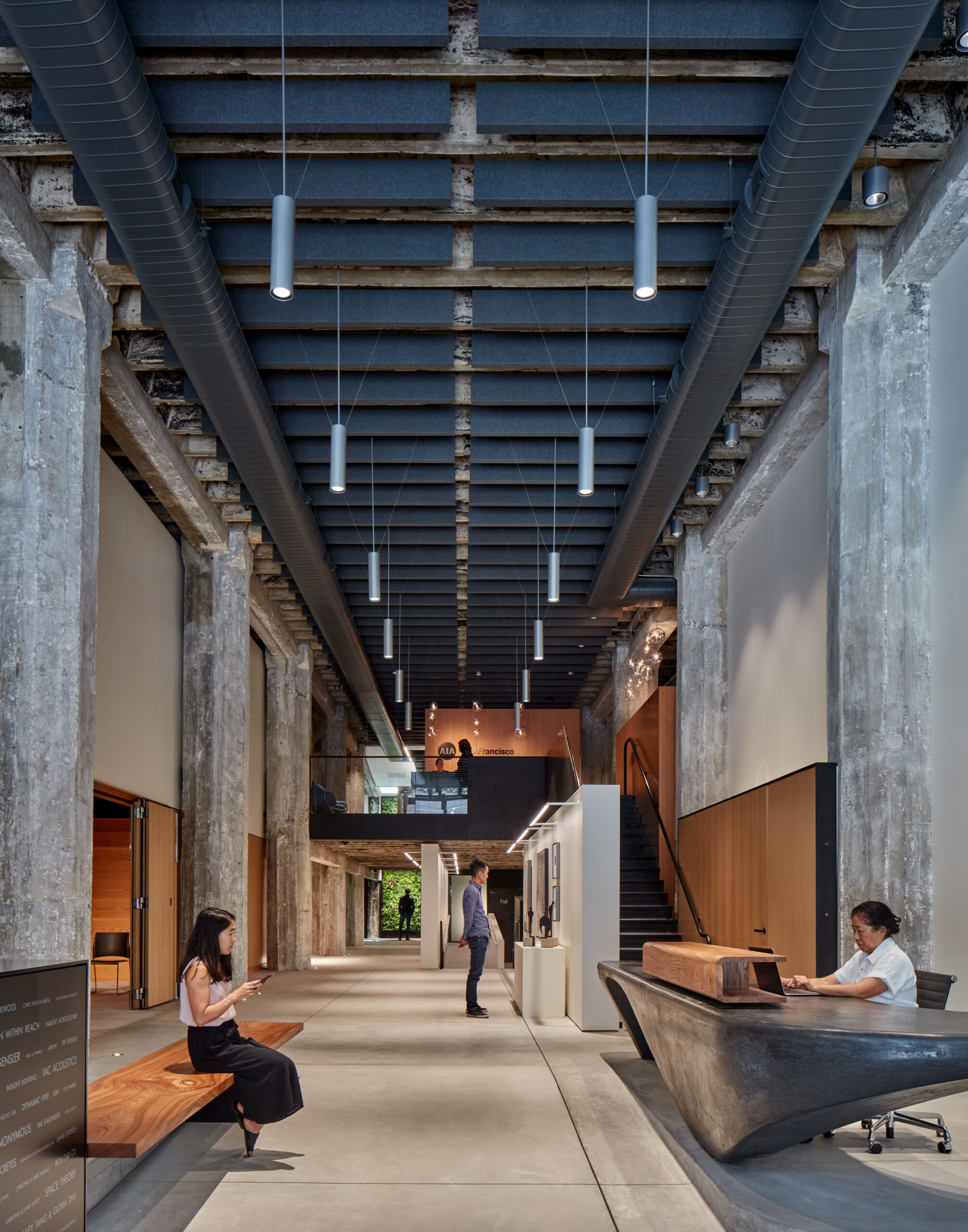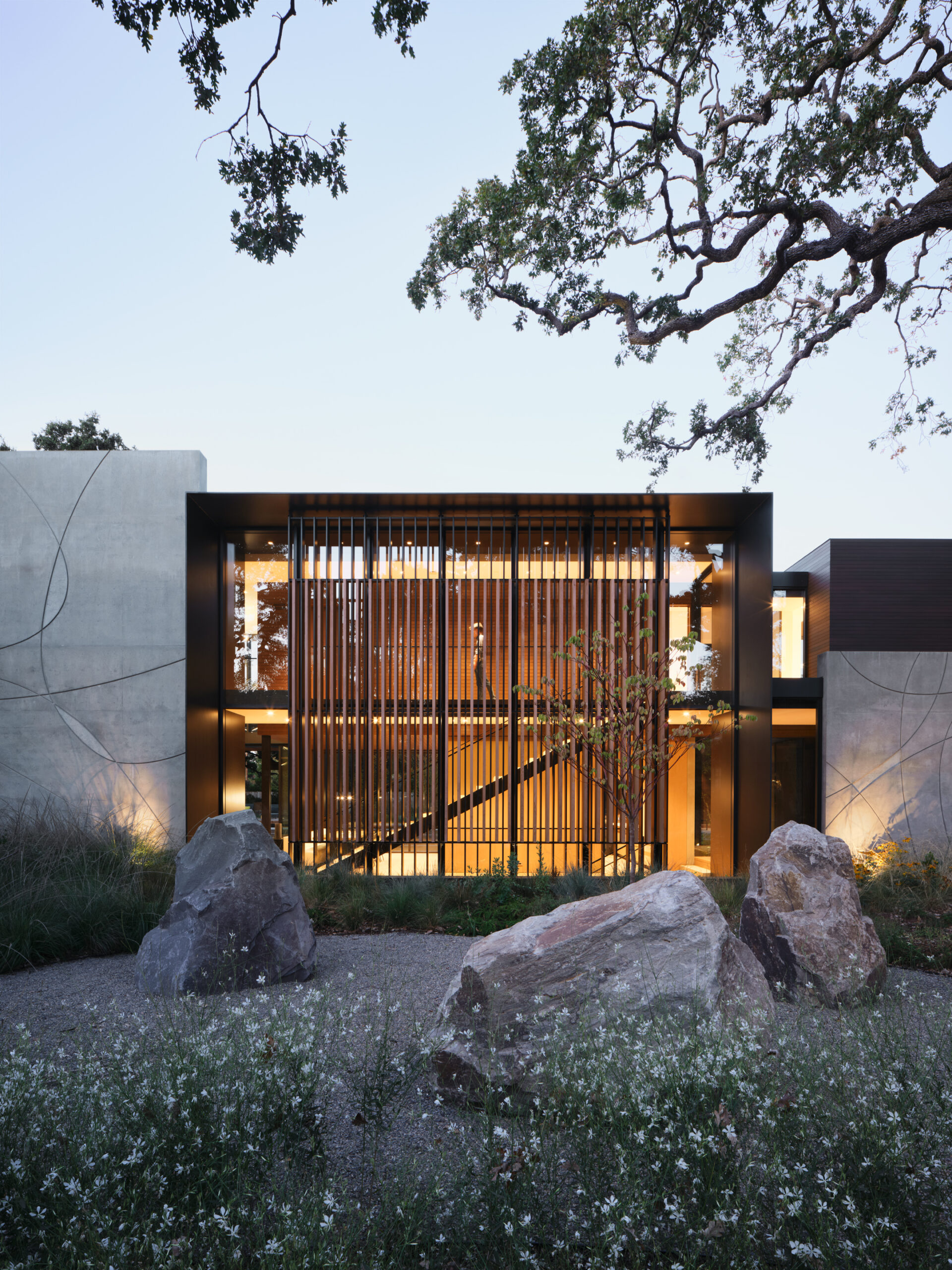
A Conversation with Joshua Aidlin, FAIA
Founding Principal of Aidlin Darling Design
Joshua Aidlin leads a multidisciplinary studio in San Francisco that blends architecture, interiors, furniture, and sculpture. His work is grounded in a profound sensitivity to the environment, culture, and the human senses. Believing that architecture is inherently a social act, the studio designs spaces that foster connection—between people and nature and between people and their community.
Aidlin Darling Design, which he co-founded with David Darling in 1997, has received over 300 awards, including the prestigious Cooper-Hewitt National Design Award. These honors reflect the studio’s commitment to innovation, craftsmanship, and a deeply human-centered approach to design. Their projects span a wide range of scales, yet each carries a distinct clarity and poetic resonance.
In anticipation of his conference presentation, titled “BALANCE: In both design and practice,” Joshua offers deeper insight into his design process and the perspectives that inform his work—highlighting how even the act of design itself can be a source of joy.

Your projects take great consideration in crafting spaces and selecting materials to delight the senses, in essence, creating joy. Where do you find your deepest sense of joy in the practice of architecture?
I find the process of creating works of architecture tremendously rewarding, but I will identify one specific moment that I cherish. There is a magical time: after I’ve camped out on a given site and absorbed as much of the site as it can offer; gathered all of the aspirations and dreams that the client has shared; and I sit down at my desk in the studio–typically on a Saturday morning when the studio is empty.
With a Cappuccino next to me and music filling the studio, I begin to draw. These drawings take on a diverse quality, from crude pencil sketches to hand-drafted drawings of numerous colors, as I tend to color code my concepts. I can design effortlessly into the wee hours of the next morning—non-stop, barely getting out of my chair—because it is such an incredible mental high when all the ideas are coalescing; from site constraints, weather conditions, views, microclimates, client program, material concepts merging with tectonic form, plan, section, and elevations being conceived simultaneously.
I have the benefit of having a wood shop in our studio, so if I need to test an idea in 3D, I can quickly mock-up a wood model. I feel incredibly blessed to be able to experience this process as a professional. I just wish more of my time in the year was spent in this state of pure creation.

Your studio works in multiple scales that integrates site, landscape, and furniture design to the architecture perspective. Would you give a specific example of where this integrated approach elevated the project or created innovative solutions?
A perfect example is our most recently completed residence – the L|J Residence, in Atherton, California. It’s a suburban home on a completely flat site with majestic Oak trees anchoring the site. Our clients had moved from a hilltop home and realized that they missed the spatial drama of their hillside residence and requested that we explore a highly sculptural home to compensate for what the site seemed to lack.

This prompt led to a design that treated the entire site and home as a three-dimensional bas-relief. We designed sculptural elements in the site for their children to climb on. We carved some spaces into the earth and contrasted these with bridges that float above. We created 2-story-high concrete walls that are etched in sensual patterns, inspired by the shadows of the adjacent oak trees. Even the furniture was site-specific; many elements were designed in response to the needs of the site. The concept started with the site, and then we carried this dialogue with the topography, the light conditions, and the trees, throughout the design.
Our profession has taken strides in influencing young minds earlier in the pipeline. It is not usually the dream job for elementary-aged kids. How would you describe architecture or an architect that you find could encourage young minds to pursue architecture?
I think the job of being an architect is one of the most inspiring jobs one can take on. Imagine going to work every day and getting to sculpt spaces that people get to eat in, bathe in, play music in, pray in, play sports in, on and on. When done at an extremely high level, they can become spiritual experiences.
Just like music, your environment, whether natural or man-made, can move people to tears. What an incredible playground to play in every day. “Is it challenging?” Of, course. “Can one be treated poorly in the process?” Absolutely, but that happens in all walks of life. The potential though….is extraordinary.
